Low water pressure at home can be both frustrating and puzzling. It may reduce the enjoyment of a fulfilling hot shower, slow down routine tasks such as washing dishes, and even impact the efficiency of your appliances. Today’s discussion revolves around understanding the potential causes of this problem, the ways it is diagnosed, and how professionals from the plumbing industry navigate these issues.
Contents
- Identifying Low Water Pressure
- Possible Reasons for Poor Pressure
- Recognising Fixture Related Problems
- City Regulations and Water Pressure
- What Causes Clogged Plumbing?
- Pipe Corrosion’s Impact on Pressure
- Role of the Water Meter Valve
- Pipe Leak and Water Pressure
- Recognising Pressure Regulator Failures
- Shared Pipelines and Pressure Concerns
- Addressing Water Pressure Issues
- Increasing Water Pressure: Solutions
- Seeking Professional Plumbing Help
- Impact of High Water Demand
- Consequence of Closed Water Valves
- Conclusion: Enhancing your Water Pressure
- Frequently Asked Questions (FAQ)
Identifying Low Water Pressure
For most homeowners, low water pressure is easily noticeable; taps running weak or showers taking longer than usual are common indicators. On average, home water pressure should fall between 40 and 60 pounds per square inch (psi). Lower than that might mean you’re battling a water pressure issue.
Professional plumbers often use hydraulic gauge tools to measure actual water pressure objectively, giving a clear metric to categorise the water flow as low-pressure or normal. It’s important to undertake regular checks on your plumbing system to identify any decreases in pressure early on.
Possible Reasons for Poor Pressure
There can be multiple reasons causing the drop in water pressure. Often more than 70-75% of low water pressure problems are traced back to issues within a property’s own plumbing system. For instance, clogged pipes can contribute majorly to this situation and affect nearly 85% of older homes.
It’s of considerable significance to understand that chances are high for the low-pressure issue to be rooted precisely in your home’s internal plumbing rather than an external factor like municipal water supply which only account for about 25-30% of all cases.
This points towards considerable importance of regular maintenance for your internal plumbing system.
Recognising Fixture Related Problems
When dealing with low pressure issues, it might not be a totally systemic problem for some households. There can simply be instances when specific fixtures, like individual taps (valves), are causing the pressure drop. High mineral content in the water, affecting about 85% of homes in the United States, can lead to build-up reducing water flow from specific points.
High-efficiency plumbing fixtures have been proven to combat these low-pressure issues and have an added advantage of conserving water – up to 3,000 gallons per household annually.
Replacing outdated fixtures and constantly maintaining them can quintessentially help you avoid fixture-related water pressure woes.
City Regulations and Water Pressure
City regulations play an important role too; they maintain and control a certain level of water pressure for residents. As per The International Association of Plumbing and Mechanical Officials (IAPMO), a standard showerhead requires a flow rate of 2.5 gallons per minute (gpm) at 80 psi. This means if your home pressure is significantly lower than this, it might affect the water you receive from the municipal supply.
However comforting it might be to hold city laws responsible for your low-water pressure, remember it typically only contributes to around 25-30% of cases. In many instances, these regulations are mostly set to prevent wastage and promote efficient usage instead of causing inconvenience.
What Causes Clogged Plumbing?
Clogged plumbing can often be seen as being synonymous with low water pressure. But what specifically contributes to these internal blockages? For one, mineral build-up caused by hard water is a common culprit. Very often, remnants of DIY plumbing jobs such as joint compounds or solder materials tend to deteriorate over time, leading to blockages.
Other factors could also include entry of foreign items into drains or pipes, scale from pipe corrosion, and in certain cases, tree roots infiltrating the pipes.
No matter the root cause, they all have a reciprocal relationship with low water pressure. Clearing these clogs is an excellent step to improve water flow.
Pipe Corrosion’s Impact on Pressure
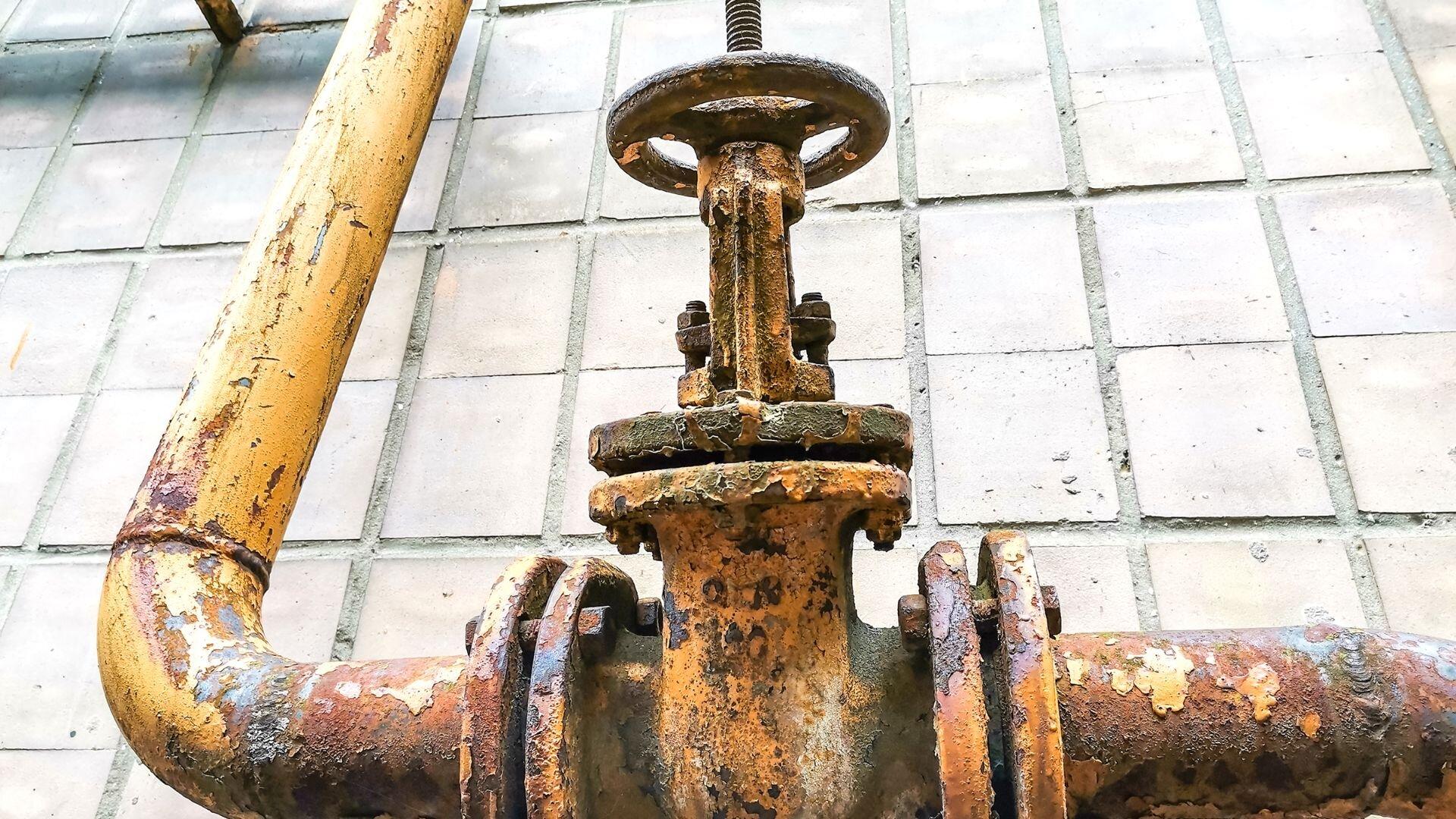
Pipe corrosion is yet another majorly overlooked cause of low water pressure. Over time, pipes corrode and rust due to prolonged exposure to certain elements in water and environmental factors which tend to build up on the insides of the pipe, reducing its diameter.
The build-up combined with already existing blockages can choke off flow almost entirely. It would seem as if your house has low water pressure, but the real issue is with your pipes. A routine check by professionals will determine whether it’s high time to replace corroded pipes.
Remember – prevention is better than cure; periodic plumbing check-ups can help identify these problems early.
Role of the Water Meter Valve
Last but not least – a potential link between low water pressure and a partially closed water meter valve. This valve controling the flow of water from the municipal supply to your home must be fully open for optimum pressure. If not entirely open, it could be causing your low pressure dilemma.
Partial shutdowns of these valves largely occur post-maintenance work, where workers may forget to open it fully. This might seem like a minor issue but happens more than we realise. A visit from a competent professional could help diagnose and rectify such plumbing hurdles.
Pipe Leak and Water Pressure
If you are experiencing low water pressure, a pipe leak could be one possible reason. As per the research, almost 70-75% of low water pressure issues are due to problems within the property’s own plumbing system. A typical manifestation is a dripping tap, a common problem encountered in both old and new homes.
The integrity of your pipes is crucial. Leaks not only waste water but also significantly reduce your property’s water pressure. Leaks can occur just about anywhere, from the valves of your appliances to junctions in your plumbing layout.
An alarming statistic suggests that up to 85% of older homes might struggle with clogged pipes, affecting their water flow and overall pressure. It’s a widespread occurrence, impacting the effectiveness of critical appliances in your home such as your instant water heaters or gas technologies.
So, if you notice that the water trickling out of your taps isn’t as vigorous as it usually is, there could be a leak or blockage somewhere causing this drop in force. In such cases, consulting with an expert plumber becomes essential.
Recognising Pressure Regulator Failures

A pressure regulator is a piece of vital equipment attached to your home’s main water line. Its function is to control the amount of water that enters your home from the municipality’s supply. On average, home water pressure should fall between 40 to 60 psi.
When functioning correctly, it protects your plumbing system from high pressures that could lead to leaks and damage. However, when this malfunctions, it can cause a significant shift in home water pressure—sometimes causing it to drop substantially.
Pressure regulators generally have a lifespan ranging from 10-15 years beyond which they are known to fail. Studies reveal that about 5-10% of homes with a pressure regulator encounter water pressure issues due to its failure.
Not all homes have a pressure regulator installed, but where they are, recognising the signs of their failure becomes essential. Apart from low water pressure, other indicators include banging pipes, leaks, and erratic pressure.
Shared Pipelines and Pressure Concerns
Another factor that might affect your home’s water pressure could be shared pipelines. In most cases, this is out of your control but can be a significant problem nonetheless.
Depending on how many homes share the same supply line and their usage patterns, you may notice fluctuations in your water pressure. For instance, if your neighbour decides to water their garden or wash their vehicle when you’re taking a shower early in the morning, you may experience a drop in your shower’s water pressure. After all, standard showerhead operation requires a flow rate of 2.5 gpm at 80 psi.
This is even worse if there are bigger families or businesses that use vast quantities of water sharing the same line. If high demand on shared lines is your primary concern, it might be worth discussing with your local council or investing in auxiliary solutions like booster pumps.
Addressing Water Pressure Issues
If you are constantly facing low water pressure issues, don’t despair—there’s an array of possible solutions available at your disposal. About 25-30% of low-pressure issues are down to problems with the municipal supply. However, almost 70-75% lay within your property’s own plumbing system.
- Regular Maintenance: Regular plumbing system checks can help nip most problems in the bud before they escalate into serious issues.
- Cleaning: The high mineral content that affects about 85% of homes can lead to buildup, reducing water flow. Cleaning pipes and fixtures at regular intervals can help prevent this.
- Efficient Fixtures: High-efficiency plumbing fixtures can help address your low water pressure problems and save about 3,000 gallons of water annually per household.
If you’ve tried these tips and still notice no improvement, it’s time to call in the professionals to diagnose your problem accurately.
Increasing Water Pressure: Solutions
If the low water pressure is attributed to causes within your control, there are a few ways to improve the situation:
- New Pipes: Aging or corroded pipes could be a cause for low water pressure. In these cases, it may be worth considering an upgrade of sections (or even all) of your plumbing system.
- Pressure Regulator Adjustment: If your home has a pressure regulator installed, a simple adjustment might fix your low-pressure woes. However, only trained professionals should handle such tasks due to the complexity involved.
- Expand Pipe Size: The size of your pipes directly affects water pressure. Larger pipes will generally provide greater water flow.
The best approach will depend on the specifics of your case. Enlisting a professional plumbing service is always advisable if you’re unsure about the next steps.
Seeking Professional Plumbing Help
If your DIY efforts leave you frustrated and without any improvement in water pressure, seeking professional help is the next logical step. A qualified plumber will isolate the cause-effectively and suggest appropriate solutions.
Familiarity with local regulations and experience dealing with a variety of water pressure scenarios are key attributes you’d want in a plumbing professional who can often trace problems back to their source that may have otherwise got overlooked. Plumbing repairs done by unqualified folks can sometimes exacerbate existing issues.
So when in doubt, call the plumbing soldiers of Dan’s Plumbing! We operate using the Australian metric system, ensuring accuracy in diagnosis and solution implementation.
Impact of High Water Demand
High demand occurs when multiple appliances are run simultaneously, or large quantities of water are needed suddenly. The impact of this can cause a temporary drop in water pressure as your home struggles to keep up.
This can, in some instances, be particularly troublesome – for example, during the morning rush hour or festive seasons when the usage spikes and the amount of water required by homes increases.
Adhering to a particular schedule or investing in an auxiliary water supply system might help mitigate this impact. By planning and spreading out our water usage carefully, we can enjoy seamless water services even during high-demand periods.
Consequence of Closed Water Valves
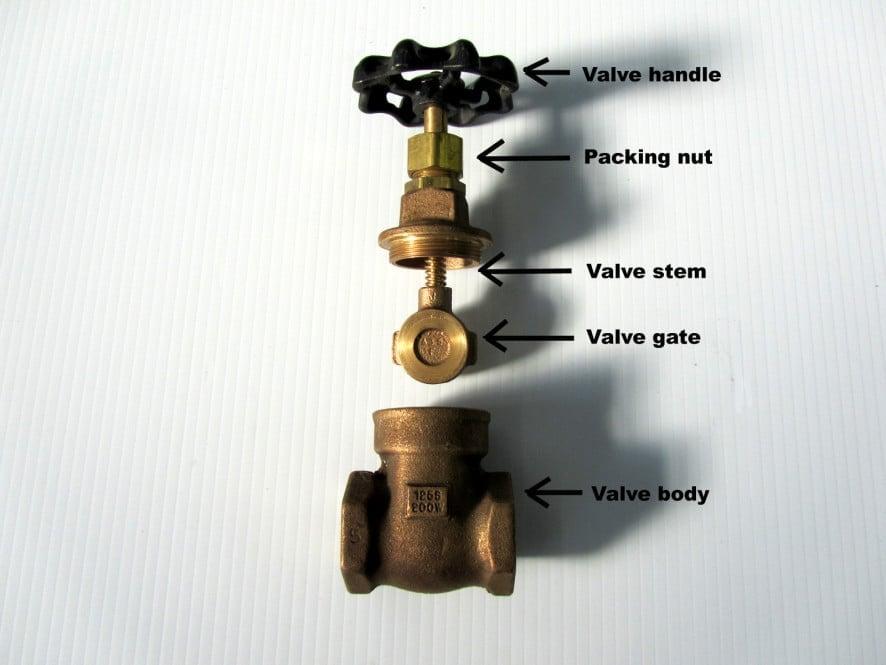
Understanding the consequences of closed water valves is pivotal in the realm of plumbing – and it’s not always as straightforward as turning a tap. In fact, a standard showerhead requires a flow rate of 2.5 gallons per minute (gpm) at 80 psi. Dips beneath that threshold can significantly affect the quality of your shower and the efficiency of your appliances.
Did you know that closed valves could be a crucial factor behind low water pressure in your home? Property owners often overlook this simple yet significant component, as up to 70-75% of low water pressure issues are due to independent issues within the homeowner’s own system. Remember though, not all water pressure predicaments are caused by isolated issues; about 25-30% are due to challenges with the municipal water supply.
Average home water pressure should ideally fall between 40 and 60 pounds per square inch (psi). When you fall beneath these figures, it might be high time to suspect those unassuming valve mechanisms. One notable concern involves pressure regulators. These handy devices are indeed blessings in households where they’re required, yet they have a lifespan of around 10-15 years before they start failing and affecting your water pressure.
There’s another obstacle that looms large in low water pressure scenarios: clogged pipes. They’re a common issue, occurring in up to a whopping 85% of older homes! Moreover, about 85% of homes in the USA grapple with high mineral content in their water supply – which spells trouble for steady water flow due to inevitable mineral build-up. High-efficiency plumbing fixtures can be your knight in shining armour against these odds, with projected savings of about 3,000 gallons of water per year for an average household.
Conclusion: Enhancing your Water Pressure
In conclusion, the most successful solutions often lie just a valve turn away, with well-functioning valves carrying immense potential to unblock your woes. Observing any changes in your home’s water pressure can help you detect and address underlying issues promptly. Whether it’s regular maintenance of your existing pipes, installing efficient fixtures, or just checking the regulator’s lifespan – all can lead to bountiful showers and optimal appliance efficiency. Remember, if your water woes can’t be solved alone, a skilled plumber from Dan’s Plumbing is just a call away!
Frequently Asked Questions (FAQ)
What does low water pressure mean?
Low water pressure refers to reduced force of flow in your water system. It often manifests as weak water streams from taps, showers taking longer to fill, or appliances not operating efficiently.
How do I check the water pressure in my home?
Professionals use hydraulic gauges to measure water pressure accurately. As a homeowner, you may notice it through slow running taps or showers. Also, you can check the water meter valve – if it’s not fully open, your water pressure may be affected.
Why is the water pressure low in my house all of a sudden?
There could be several reasons, including clogged pipes, faulty pressure regulators, closed valves or problems with the municipal water supply. It’s best to get your pipes checked by a plumbing professional in such cases.
How can I fix my low water pressure?
Preventive measures like regular maintenance, clearing pipe blockages, adjusting or replacing faulty pressure regulators, and ensuring that the water meter valve is fully open can help. However, we recommend consulting with professionals before undertaking any significant plumbing task.
Does changing pipes improve water pressure?
Yes, in some cases. Pipe corrosion and blockages can hinder water flow leading to decreased pressure. Replacing old or rusty pipes can improve your home’s overall water pressure.
Can high water demand affect water pressure?
Yes, if multiple appliances are running simultaneously or large amounts of water are needed suddenly, you may experience a temporary drop in water pressure.
How does a pressure regulator work?
A pressure regulator helps control the amount of water that enters from the municipality’s supply. It protects your plumbing system from high pressures that could lead to leaks and damage.
What are the consequences of closed water valves?
Closing the valves restricts the flow of water, which could lead to low water pressure. Make sure to keep these valves fully open to ensure optimum water pressure in your home.
Can I install a pressure regulator myself?
It’s advisable to hire a professional plumber to install a pressure regulator as it will ensure safe and correct installation.
How can high-efficiency plumbing fixtures help?
High-efficiency fixtures help combat low-pressure issues and conserve water. They assist in maintaining an optimal pressure whilst simultaneously conserving around 3,000 gallons per household annually.
- Can I Get a Plumber to Help Me Install An Under Sink Water Boiler in Our Office Kitchen? - September 14, 2024
- Can a Plumber Help Me Clear a Badly Clogged Toilet? - September 4, 2024
- Can a Plumber Help Me to Replace a Bathtub Drain Stopper? - August 29, 2024
Related posts:
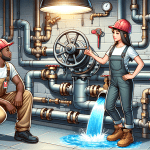 How Do I Shut Off The Main Water Supply to My House?
How Do I Shut Off The Main Water Supply to My House?
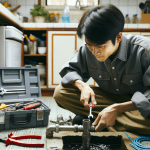 Can a Plumber Fix My Leaking Pipe?
Can a Plumber Fix My Leaking Pipe?
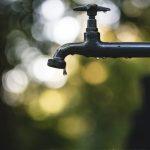 What Should I Do If My Pipes Are Making Noises?
What Should I Do If My Pipes Are Making Noises?
 How Do Plumbers Locate Hidden Water Leaks in Australian Homes?
How Do Plumbers Locate Hidden Water Leaks in Australian Homes?
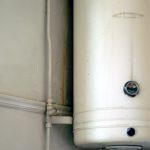 What Should I Do If My Hot Water Service Is Leaking? Is It Time For a Plumber to Replace The Whole System?
What Should I Do If My Hot Water Service Is Leaking? Is It Time For a Plumber to Replace The Whole System?
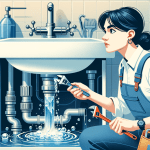 Is It Possible For a Good Plumber to Stop a Bathroom Sink From Gurgling?
Is It Possible For a Good Plumber to Stop a Bathroom Sink From Gurgling?



